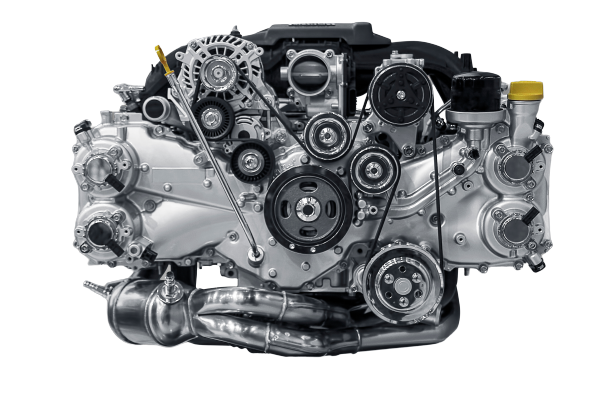Car engine problems and tips to diagnose them
Car engine problems for a new car owner – less mechanically inclined can be daunting to solve. The most likely action is a call to the repair shop, friend or your mechanic, whoever is on speed dial.
What if help is not forthcoming and you are stranded? Can you do it yourself?
To diagnose engine and car problems you must begin by understanding the parts and their functions.
If you can handle the diagnosis and are brave enough to conduct some do-it-yourself repairs this article is for you.
We’ll highlight common car engine problems that you can learn and refer to whenever your car stalls. Including the typical concerns – the engine has some strange sounds…
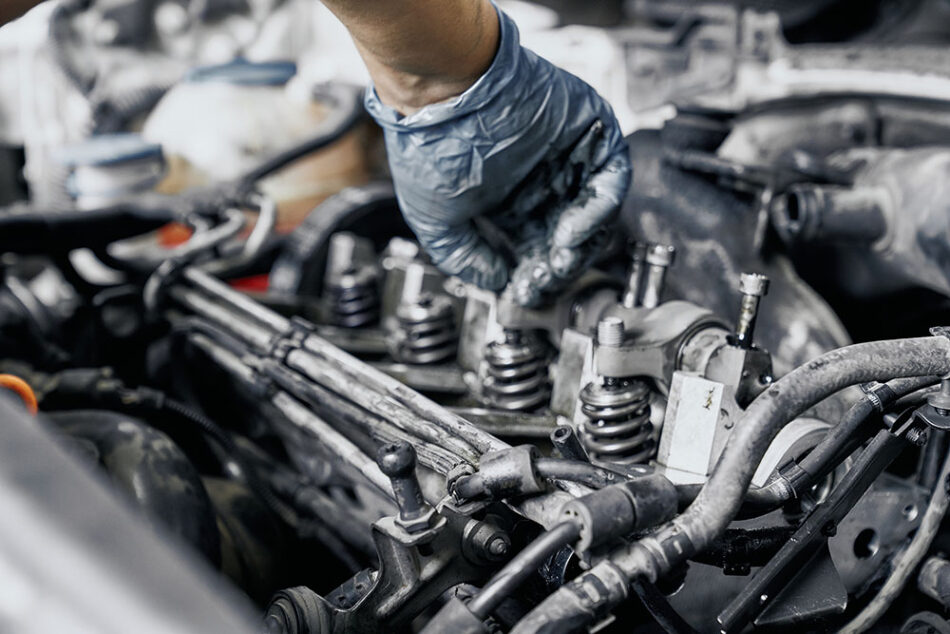
important car systems and parts you should Know
Let’s begin by understanding the systems and components that keep a car in motion to enable easier diagnosis.
A car’s motion relies on independent systems that work in unison. The systems include:-
The ignition system – At the heart of the ignition system are the spark plugs that ignite and burn fuel. Once the vehicle is in motion the alternator takes over power functions in the vehicle. To power up gadgets and other onboard devices.
The fuel system – From the fuel tank, the fuel pump helps deliver the fuel, in internal combustion engines, to the fuel injectors for combustion. New car models use an electric fuel pump while older vehicles use a mechanical fuel pump for the same function.
The cooling system – Where heat is involved, cooling must be incorporated to maintain optimum conditions. The air and fuel mix combusts at very high temperatures – more than 4,000 degrees Fahrenheit. To cool the engine, water, and coolant running from the radiator work the magic. A water pump helps circulate the water in pipes cooled via the radiator when the vehicle is in motion. When idling, the engine relies on the engine fan to cool the engine.
The lubrication system – The moving parts in an engine generate extreme heat and friction is not a good thing to keep constant. Pistons, crankshaft, connecting rods, and other movable parts must be well lubricated. Otherwise, they could wear out very fast. The oil pump keeps the oil in circulation. It needs to remain clean to avoid corroding the delicate parts. The oil filter is dedicated to keeping the oil clean.
Exhaust system – The result of the gas and fuel mix will be channeled through the exhaust system. The major component is the muffler that tones down the noise of the gases on their way to the tailpipe.
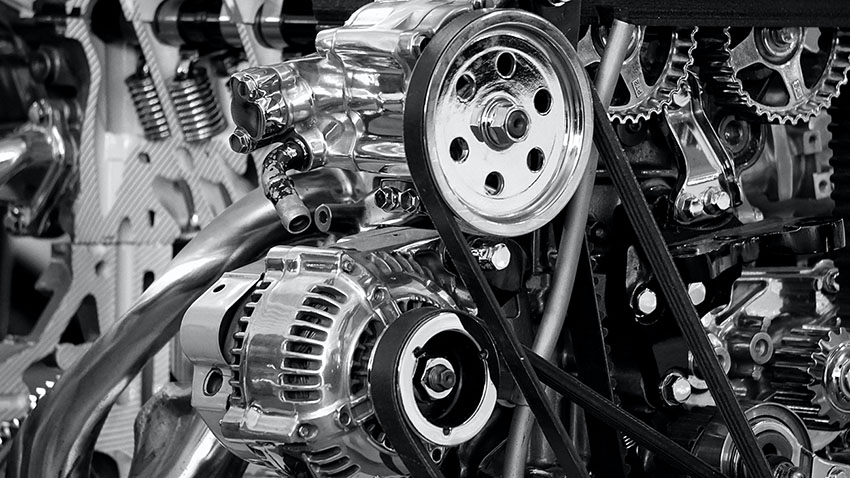
Faults can emanate from the systems above and also from countless other parts. The main players (parts) include the cylinders and pistons – both are well explained in this article on internal combustion engines.
Other parts include spark plugs, intake valves, and exhaust valves. The crankcase houses the crankshaft and oil pan. For more engine terms and their meanings see the detailed article…
Let’s now get into the meat of this article…
Car engine problems and the top 5 signs of engine trouble
Before an engine seizes you will get several warnings that should prompt you to act. The most common signs of trouble include:-
- Check engine light – A light that displays on the dashboard relayed by the vehicle’s ECU (Electronic Control Unit) which is the brain of the vehicle
- Loss of power on acceleration -A cylinder loses compression either via a leak or faulty parts like the piston or gasket. It could result in oil leaking into the chamber hence losing compression. It is advisable to have a professional check the source of the problem by using specialized equipment.
- Worn-out timing belt or chain – This can be a catastrophic fault to fix if you leave a worn-out belt. It can result in the valves failing to open and close as they should. When that happens the valves might end up touching the pistons which is a very expensive fault to fix.
- Overheating engine – Caused by a malfunctioning cooling system. This fault could damage the engine as the metal expands and soon leads to engine seizing.
- Fluid leaks – Caused by a worn-out gasket and the fluids which could be oil. Transmission fluid or coolant could be dripping to the floor leaving patches after the vehicle stops.
Some of the above faults are detected through sound or smoke.
How do you diagnose an engine fault?
You can diagnose engine problems through:
- Logic – Employing human senses like hearing, smell, and touch. We’ll expound more on this for clarity. For context, your ear will help differentiate the hiss of the radiator cap and the vibration of a worn-out uneven tire.
- Onboard Diagnostic – Plugging a code reader into the ECU will point out faults in modern vehicles. The code reader is a portable OBD device that is used by experts and novice users. Experienced car owners who aren’t afraid to dig for code meanings online can solve some simple faults.
How to detect the sounds of trouble in your engine – the ear logic option
Your ear is a ‘diagnostic device’.
Basic engine noise diagnosis can begin by listening to strange sounds. Picking out problems before they escalate and cause havoc.
For a newbie, the sounds are not easy to distinguish. But with a little help with the table below you can pick some sounds and be aware of where the problem is.
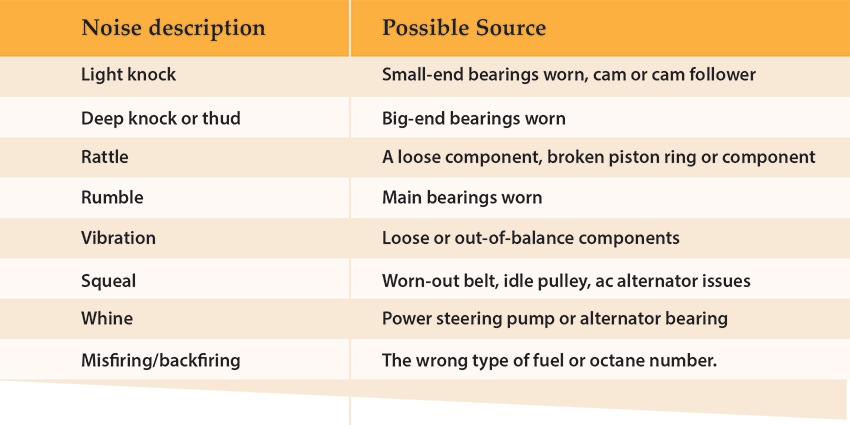
Belts – There are several belts in a car engine and from the table above, any hiss, whine or squealing sound could be coming from the timing belt, or fan belt.
The radiator – Also prone to hissing where the source of the sound could be a loose cap or leak on the pressure cap which could be letting pressure escape.
Any knocks, light or audible(heavy) need urgent attention and if the vehicle is in motion it is advisable to pull over and call for emergency help.
You could be looking at a faulty piston or misfiring from the wrong fuel type could be choking your engine to death.
Loud idling sounds from the rear or underneath the vehicle could mean the exhaust system – the muffler – is leaking.
How to sniff trouble in your engine – the nose logic option
Your nose is also a ‘diagnostic tool’…
We are talking about identifying sudden smells of burning rubber. Unless the tires are in screeching rotation – that could be coming from the hood and that spells trouble.
Burning oil could be leaking oil that comes into contact with the hot parts of the engine. Also, check your oil level the onboard gauge might be faulty. You are running out of oil in which case the engine is overheating. The dipstick should inform you. Confirm the levels are according to manufacturer recommendation.
Is a foul smell of rotten eggs hitting your nose? That could be the catalytic converter leaking. This could also mean your engine needs urgent attention.

Leaking fuel – The fuel injectors, fuel pumps or carburetor could be leaking fuel but the checks for this fault need a keen eye.
Seeing trouble signs from your engine – smoke signals
The smoke from the exhaust pipe can tell the state of your engine.
White smoke/vapor in the morning after the engine starts is not cause for alarm, usually, it dissipates after the engine warms up.
What should raise your alarm bells includes:-
Black smoke coming from a gasoline engine or fuel injection engine needs specialized diagnosis. This is because it could be a result of various faults.
Blue smoke also spells trouble. Blue smoke indicates the engine is burning oil usually as a result of the oil leaking into the combustion chamber. In that case, your piston rings need replacement or an engine overhaul.
Gray smoke could mean transmission fluid is leaking into the engine and burning in the combustion chamber.
The gray smoke could also be signaling a dying transmission and having that verified at a credible repair shop is important. The check could report low transmission fluid which means your bill will be more favorable.
What does white smoke from the hood mean?
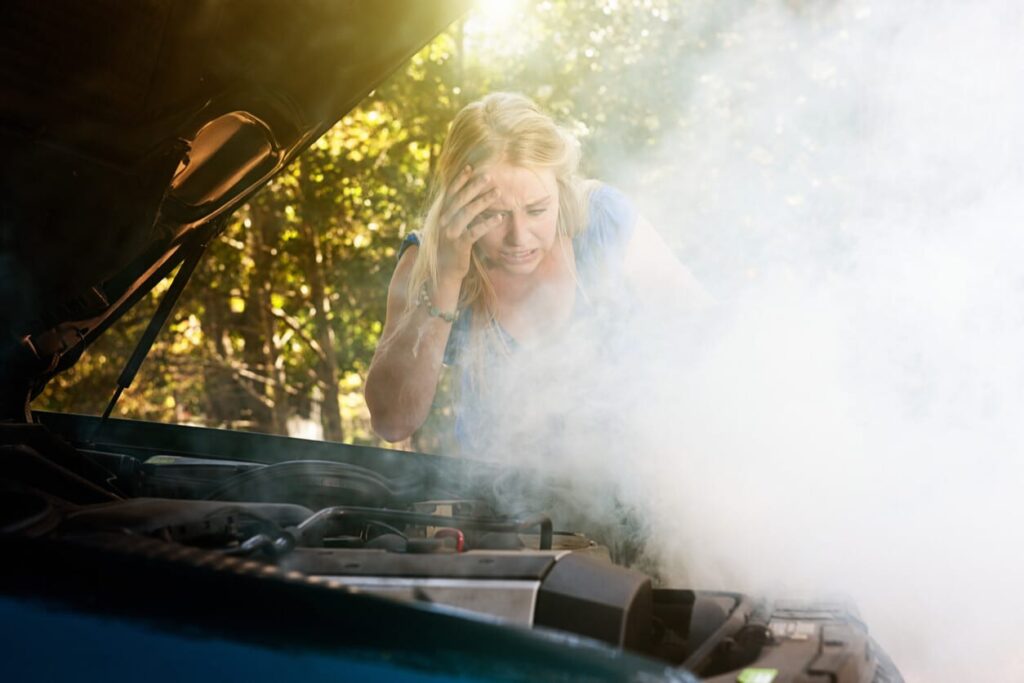
White smoke from the exhaust pipe might not point to a problem but white smoke from the hood is usually alarming. The most likely cause of white smoke is a contaminant burning in the engine bay. The contaminant can be coolant or transmission burning in the engine.
The engine is hot when running and coolant coming into contact with the hot parts will vaporize to form the white smoke. It is advisable to switch off the engine immediately when you notice white smoke coming from the hood. Pop the hood and investigate the source of the smoke which could likely lead to a leak.
Car engine problems - In summary
By understanding a problem you are one step away from solving it. This article cannot accommodate all the fixing regimes and processes in detail because engines are built differently.
Hope this article has shed light on some faults you might already be familiar with and others you just learned about.
More related articles
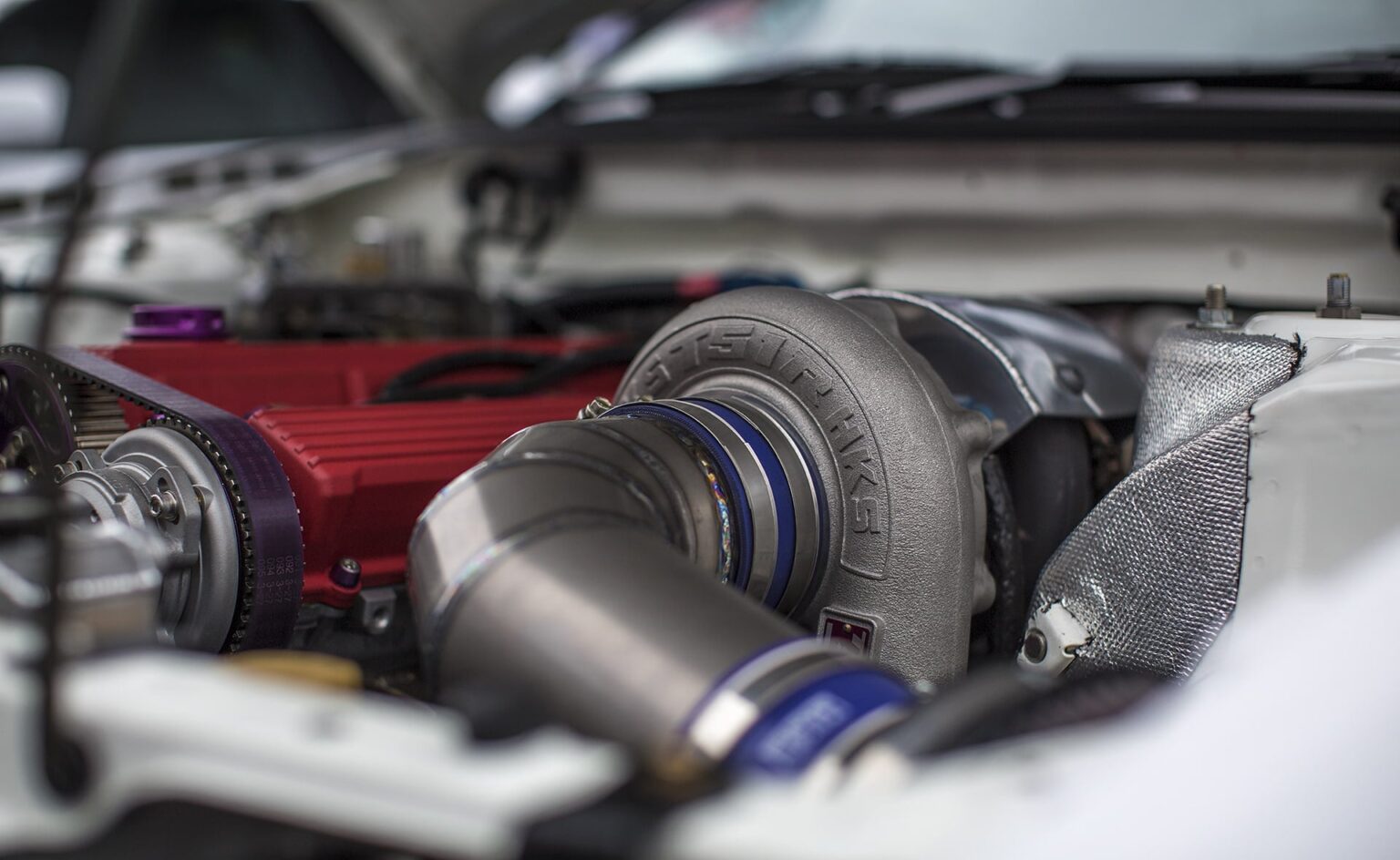
Are Turbo Engines Reliable
Are Turbo Engines Reliable? – Find out everything about Turbocharged engines.


